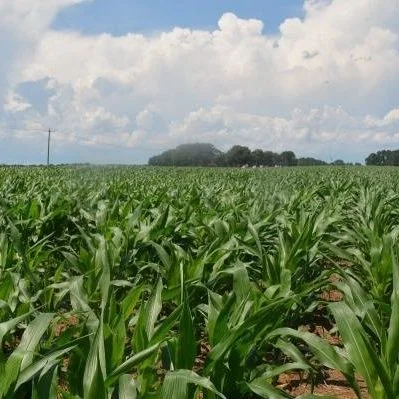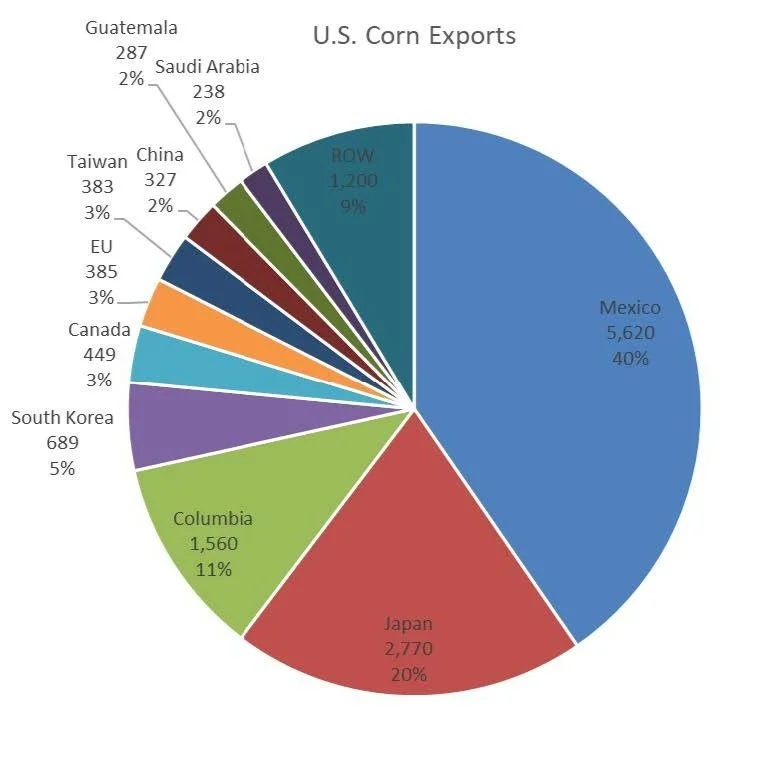Year-Round E15 Helps Drivers and Farmers
American Farm Bureau Federation President Zippy Duvall commented today on EPA’s emergency fuel waiver allowing the sale of E15 gasoline during the summer season.
“Farm Bureau appreciates EPA’s decision to keep ethanol blended gasoline available nationwide through the summer season. People who choose E15 fuel experience an average cost savings of 10-30 cents per gallon, which is much-needed relief for families suffering with high prices.”
Read More
EPA Addresses E-10 Standards, Allows for Nationwide Year-Round E15 Sales
In response to requests from the Governors of Illinois, Iowa, Minnesota, Missouri, Nebraska, South Dakota, and Wisconsin, the U.S. Environmental Protection Agency is taking action to address the States’ concerns about E10 fuel standards by issuing an emergency fuel waiver.
Specifically, the agency has waived provisions that would have otherwise made E10 gasoline sold in those states meet a more stringent standard than conventional gasoline in other parts of the country.
Read More
Soybeans Up as China Trade War Eases, New Highs in Cattle as S&P Soars
Soybeans and livestock rally early, with corn and wheat lower.
Allison Thompson, The Money Farm, says soybeans are seeing follow through buying on the de-escalation of the China trade war.
Read More
Crop Progress: Corn Plantings Faster than Expected
USDA’s latest crop progress report, out Monday afternoon and covering the week through April 20, is giving traders more and more data to digest as the season gets more solidly underway. Of particular note, corn and soybean plantings were a bit speedier than analysts had predicted, while winter wheat quality was worse than expected.
Read More
Technology Is Key to Planting Corn In Less Than Ideal Soil Conditions
If your corn planter would do a better job in the field being hitched to a boat this week, it’s obviously too wet to plant.
However, there are times when soil conditions are less than ideal and farmers decide – because of the calendar or insurance or whatever – to move ahead with planting. What then?
Read More
John Deere Challenge: Watch a New York Tech Journalist Farm 20 Acres of Corn for $20 Profit
You might recall this viral stunt from when it was announced last spring: John Deere and tech influencer David Cogen (@TheUnlockr) joined forces to set the New York-based journalist up as a row crop farmer for an entire growing season. Using 20 acres of prime Iowa farmland, Cogen’s mission was to find out if he could accomplish what farmers must achieve to put food on America’s dinner tables: turn planted crops into cold, hard cash.
Read More
Agricultural Policy and Market Situation Newsletter: April 2025
Soybean contracts jumped 20 cents in midday trading on Wednesday, April 9th, joining other commodities in a sharp rebound, after President Donald Trump took to social media to again raise tariffs on the biggest buyer of U.S. soybeans- China. New Chinese tariffs (125%), set Wednesday, April 9th, more than double the cost for Chinese buyers to import U.S. soybeans, but that didn't stop soy-bean futures from climbing higher.
Read More
Louisiana Farmers Face Uncertainty as New Trump Administration Tariffs Take Effect
President Donald Trump's new tariffs raise questions for farmers across Louisiana, many of whom are concerned about their livelihoods.
Trump's sweeping new tariffs announced Wednesday have left Louisiana farmers like Donald Schexnayder with some uncertainty on what comes next.
Read More
Louisiana Prospective Plantings: March 2025
Louisiana corn producers intend to plant 530,000 acres, up 13 percent from the 470,000 acres planted in 2024. Upland cotton acreage intentions are at 110,000 acres, down 29 percent from the 155,000 acres planted last year. All hay acres expected to be harvested in Louisiana are estimated at 380,000 acres, up 10,000 acres from 2024.
Read More
US Farmers Expect to Plant More Corn and Fewer Soybean Acres
Producers surveyed across the United States intend to plant 95.3 million acres of corn in 2025, up 5% from last year, according to the Prospective Plantings report released today by USDA’s National Agricultural Statistics Service (NASS).
Planted acreage intentions for corn are up or unchanged in 40 of the 48 estimating states.
Read More
Louisiana Crops Newsletter: February, 2025
Soil organic matter improves soil chemical properties, which includes the increase of nutrient status, cation exchange capacity (CEC), and anion exchange capacity. Soil organic matter is also known for the slow release of nutrients to the plants, protects nutrients in available forms to the plants, and reduces nutrient leaching.
Read More
USDA Shocks the Market By Estimating Farmers Will Plant 94 Million Acres of Corn
USDA’s first acreage estimate shows farmers could plant more corn acres this year, but fewer soybean and cotton acres.
Read More
USDA Applauds Mexico’s Action Towards Resolving USMCA Dispute on GE Corn
The U.S. Department of Agriculture (USDA) released the following statement commending Mexico’s action to declare ineffective measures concerning genetically engineered (GE) corn that the United States successfully challenged in the USMCA dispute. The action safeguards approximately $5.6 billion in U.S. corn exports to Mexico. USDA, in coordination with USTR, will continue to monitor Mexico’s compliance with its USMCA commitments.
Read More
ADM Stops Loading Grain Vessels in Louisiana Amid Snowstorm
One of the world’s biggest crop traders has halted loading of grain vessels at U.S. Gulf terminals as the region’s worst snowstorm in 130 years slams the region.
Archer-Daniels-Midland Co. declared force majeure in southern Louisiana with vessels struggling to navigate the weather conditions, according to a person familiar with the matter. The company didn’t immediately provide comment.
Read More
Louisiana Crop Market Report: January, 2025
The 2024/25 U.S. corn outlook calls for lower production, feed and residual use, exports, and ending stocks. Corn production has been revised downward by some 276 million bushels to an estimated 14.9 billion bushels, mainly due to a 3.8-bushel per acre cut in yield to 179.3 bushels which was partially offset by a 0.2-million acre increase in harvested area. Total corn use is down 75 million bushels to 15.1 billion.
Read More















